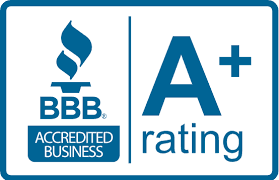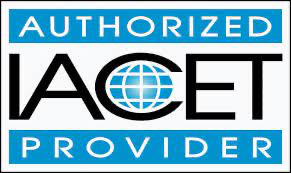On May 5, 2021, Governor Cuomo signed the New York State Hero’s Act in law. This law deals with the protection of employees from the exposures of Covid 19. This law is notable because it is one of the few laws where NYS mandates the private sector to implement safety standards as opposed to the Federal government (OSHA) setting the standards. While most companies have been implementing many of the requirements already, this law now formalizes the measures, mandates written plans as well as safety committees in some instances.
On September 6, 2021, Governor Kathy Hochul announced the designation of COVID-19 as an airborne infectious disease under the HERO Act. This designation requires all employers to implement workplace safety plans.
Hudson Valley Safety Associates is following this law very closely and will be assisting our existing clients in becoming compliant. We are
here to help any company that would like assistance in adopting and implementing these requirements.
We are still hearing changes and amendments are coming. However, here is a summary of what has been mandated:
Section 1 of the Act requires that employers prepare model safety plans, and prohibits discrimination and retaliation against any employees who exercise their rights under the Act. Section 2 requires certain employers to establish joint workplace safety committees with their employees.
Model Safety Plans
Section 1- The Act requires the New York State commissioner of labor, in consultation with the New York State Department of Health, to create and publish a model airborne infectious disease exposure prevention standard for all work sites, differentiated by industry, and to establish minimum requirements for preventing exposure to airborne infectious diseases in the workplace. In establishing these minimum requirements, the labor commissioner is tasked with developing protocols to address the following topics: (1) employee health screenings; (2) face coverings; (3) personal protective equipment (PPE) required by industry and at the employer’s expense; (4) hand hygiene; (5) cleaning and disinfecting of shared work equipment and surfaces (i.e. telephones and doorknobs); (6) social distancing protocols; (7) mandatory or precautionary isolation or quarantine orders; (8) engineering controls; (9) assignment of enforcement responsibility of the safety plan and federal, state, and local protocols to one or more supervisory employees; (10) compliance with employee notice requirements; and (11) verbal review of standards, policies and employee rights.
The Act requires the labor commissioner to publish these industry-specific airborne infectious disease exposure prevention standards in both in English and Spanish in addition to other languages depending on population and languages spoken in certain industries.
Employers are required to distribute the plan to employees in both English and in an employee’s primary language if other than English upon hire (provided there is a model policy developed in that specific language) and upon reopening after business closure due to an airborne infectious period. Employers must also post the plan at the worksite and incorporate the plan into an employee handbook if the employer maintains a handbook. Moreover, employers must make the plan available for review upon request by an employee, independent contractor, employee representative, collective bargaining representative, the labor commissioner or to the commissioner of public health.
Joint Labor-Management Workplace Safety Committee
Section 2 – This section will be codified in section 27-d of the New York Labor Law. The Act applies to employers that employ at least 10 employees or have an annual payroll of over $800,000 and a “workers’ compensation experience modification rating of more than 1.2.” These covered employers must permit employees to establish and administer a joint labor-management workplace safety committee. The committee must be comprised of at least two-thirds non-supervisory employees who are chosen by non-supervisory employees (unless a CBA exists, in which case the collective bargaining representative will choose). The Act also authorizes the creation of multiple committees representing geographically distinct worksites. Covered employers are not permitted to interfere with the selection of employees who serve on this committee.
The Act authorizes committees to: (1) raise health and safety issues to employers; (2) review and comment on health and safety policies; (3) review policies enacted in the workplace in response to, among other things, laws and executive orders; (4) participate in government workplace site visits; (5) review employer-filed reports pertaining to workplace health and safety; and (6) schedule and meet quarterly during working hours. Employers are not permitted to retaliate against employees involved in safety committees.
Penalties
The Commission may assess civil penalties in the amount of $50 per day for an employer’s failure to adopt a plan and no less than $1,000 and not more than $10,000 for failing to follow a plan. The Act also permits employees in some instances to seek injunctive relief and for the courts to award costs, including attorneys’ fees and liquidated damages up to $20,000.



